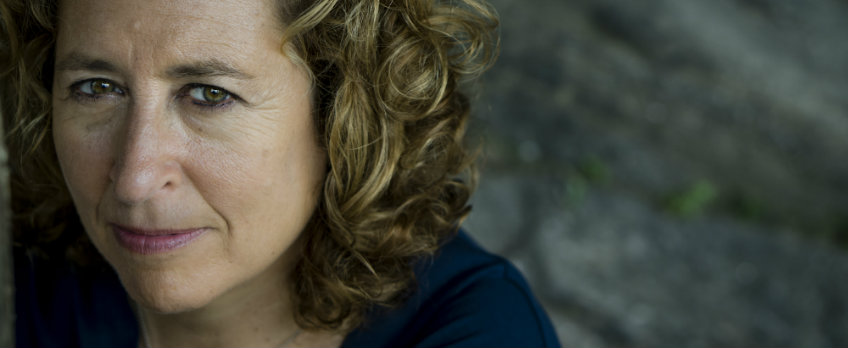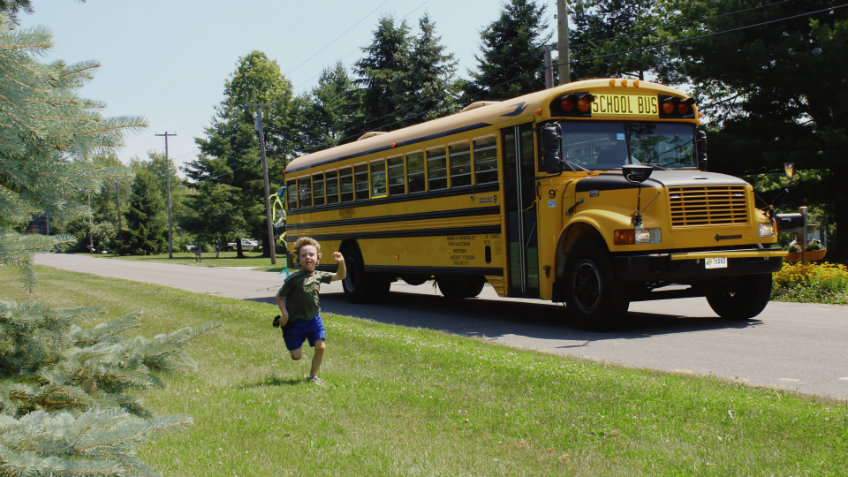Emotional Mapping: an Interview with Kim A Snyder

Isabella McNeill, Critics Campus 2016
Documentaries about heinous crimes want to take you into the heart of the event and explain – sometimes in excruciating detail – the who, what, where, when, and why. But what about documentaries that focus on the aftermath? The documentaries that tell the stories of the people left behind after the crime scene has been cleaned up and the news cameras have gone home? These are the stories that Newtown pivots its attention towards.
Newtown focuses on the recovery of the population of Newtown, Connecticut, following the 2012 Sandy Hook Elementary School shooting that resulted in the deaths of 20 children between six and seven years of age, as well as six of the school’s staff members. Since the shooting – a crime that President Obama described as an “unconscionable evil” – there have been a further 186 shootings on school campuses in the US.
For Kim A Snyder, the director of Newtown, the day of the tragedy is etched into her memory. “I remember waking up like so many other Americans hearing the news and thinking, ‘Numbers are so weird, because it’s school children. So if it’s two, or it’s the twenty which it ended up being, what does the number have to be?’,” she shares. “There’s a numbness around ‘Will there be a time where twenty doesn’t sound like a lot?’”
Three and half years on, Snyder is in Melbourne to bring her powerful documentary to MIFF. “I know people elsewhere in the world just look at what’s happening in our country with everything ranging from confusion to bafflement,” she says. At the same time, Snyder realises her story isn’t confined to Newtown, or even to the US: “It’s not just a small story. It’s a world story.”

“I ended up in Newtown and became interested in the the journey of this town as it fought its way to repair itself, or at least begin its repair,” Snyder says. At first, Snyder intended to make several short films, but as she spent more time in the community she discovered how extensive the trauma was, and how important each of these stories were. “I was very compelled with Father Bob’s story at the beginning, but it warped into a broader, more holistic view of the whole town.”
After eight months of a daisy-chain style of interviews – one interviewee leading her to the next – Snyder sat down with Mark Barden, one of three parents featured in the film who lost a child on the day of the shooting. “It was the interview when he said, ‘You can only imagine how difficult it is to interpret what your seven-year-old experienced as he is being murdered’,” she says. “That is when I thought it is just unacceptable that their voices would simply not be heard. They’re not going to give up, and, I thought, nor should we.”
In such an intimate, immersive experience as Snyder’s film, it is obvious to ask: how much grief is too much grief? “We had conversations about not having it just be a repetitive hand-wringing structure that was like, ‘I’m devastated’, ‘And I’m devastated’, ‘And I’m devastated!’, and hopefully we did do our job of that,” she says. During the editing process, Snyder and her editing partner, Gabriel Rhodes, travelled to the Sundance Documentary Edit Lab: “We talked about it being an emotional mapping that would be a mix of grief, with hope, with anger, with a return to grief, and that it would be a journey.”

After all, she notes, no one can be devastated all the time. In one scene, Barden and his wife are shown leading the town in a ‘mud-fest’ – a day of fundraising that provided an opportunity to unite the community. “The mud-fest scene is about human connection and goodness,” Snyder says, “You can see them smile and see them connecting with other human beings that have their backs. You see that they never have closure, necessarily, but they do move.”
“It’s been curious to me that in some ways men have emoted more when they see the film,” Snyder adds. “It could be that two of the main characters are fathers, and the one mother is the steelier of them in certain ways.”
On being a female filmmaker in the documentary genre, Snyder insists that being a woman didn’t bring a better perspective to the project: “I think men are completely capable of making sensitive, wonderful documentaries in the same way. I don’t buy in to that there is something special of being female that allowed me to tell this particular story.” But she’s not ambivalent about it bearing some influence over her. “The way I look at it is that we carry many different identities through our work,” she says. “I’m an artist. I’m an American. I’m a female. I’m a filmmaker. And one of my experiences is, undeniably, what it’s like to be a woman. But it’s just one.”